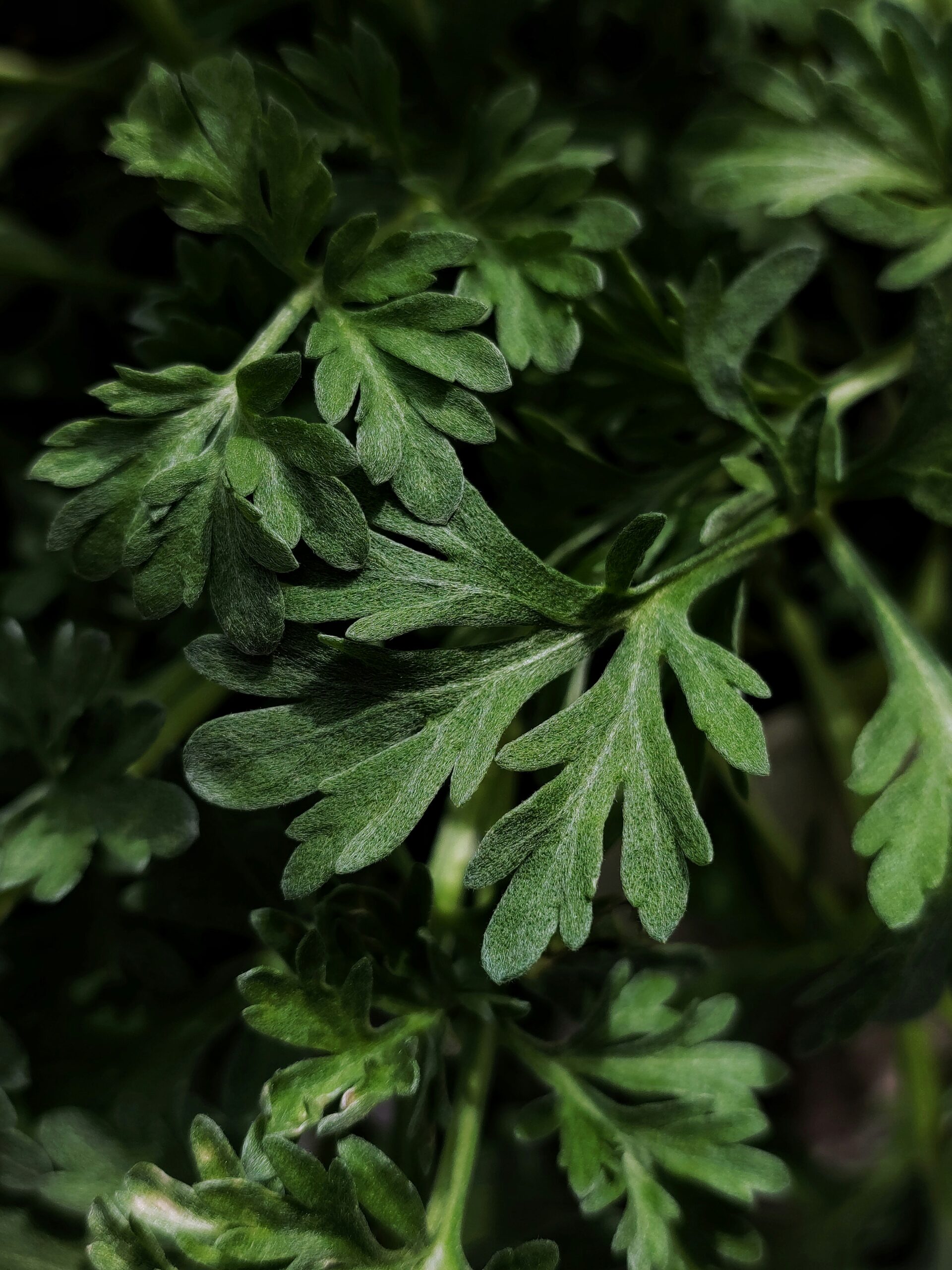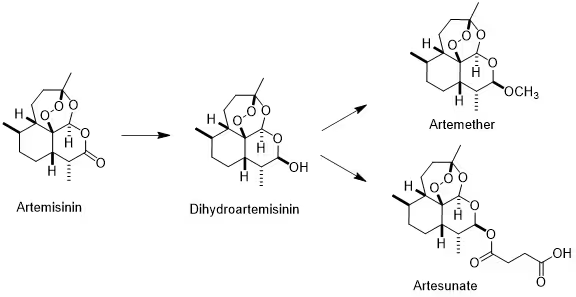

“Over 3,500 year ago, ancient Sumarians and Egyptians chewed willow bark to relieve pain and fever. Today, aspirin is the most widely used drug on the planet.”
 01
01
Mother Nature is, by far, the most accomplished drug discovery researcher in the history of the world, in spite of the fact that only a tiny fraction of her brilliant designs and elegant syntheses are known. Since ancient times, humans have identified some of these designs using the ultimate phenotypic drug discovery model—other humans with illnesses. Over 3,500 year ago, ancient Sumarians and Egyptians chewed willow bark to relieve pain and fever. It was not until the 19th and 20th centuries that (a) the primary analgesic in willow bark (salicylic acid) was isolated, (b) an improved synthetic analog was prepared by medicinal chemists (aspirin) and (c) the mechanism of action (inhibition of prostaglandin synthesis by cyclooxygenases) was elucidated. Today, aspirin is the most widely used drug on the planet.
Malaria, which results from parasitic infection by several Plasmodium species and transmitted to humans by mosquitoes, has plagued humankind across the globe for many thousands of years. Over the past 200 years, scientists have identified several plant-derived anti-malarial drugs, such quinine, and related analogs, which are isolated from the cinchona plant. Unfortunately, the Plasmodium parasite has demonstrated an ability to stay one step ahead of therapies through mutations that render it resistant to many drugs. In the 1960s, the Chinese government launched a national project (Project 523) to find therapies for drug-resistant malaria and in 1969, Professor Youyou Tu was named leader of the Traditional Chinese Medicine (TCM) arm of this research. Professor Tu assembled a team of researchers to begin mining both ancient writings and scientific literature for hints and clues of plants that had been used to treat symptoms associated with malaria. Long before the literature was meaningfully annotated, this was a long, painstaking process. Nonetheless, through careful information mining, her team identified >2000 herbal remedies of interest and collected the extracts from >200 plants to test for anti-parasitic activity. One of these plants, identified through ancient Chinese writings dating back almost 2000 years, was identified as the Sweet Wormwood plant (Artemisia annua).
Professor Tu’s team began testing plant extracts for anti-parasitic activity and discovered moderate, but inconsistent potency in different batches of the extracts derived from Artemisia annua. The team had initially employed traditional extraction approaches using boiling solvents, such as ethanol, when Professor Tu noted the writings of TCM scholar Ge Hang from 340 AD: “To reduce fever, take a handful of sweet wormwood, soak it in a sheng of water, squeeze out the juice and drink it all.” This clue implied the use of cold water in the extraction procedure. Thus, the team investigated the use of different solvents at varying temperatures, ultimately learning that low temperature derived extracts produced extraordinary anti-parasitic activity (100% effectiveness) with great consistency. It was determined that the active ingredient was degrading during higher temperature extractions.
“To reduce fever, take a handful of sweet wormwood, soak it in a sheng of water, squeeze out the juice and drink it all.” -Ge Hang, 340 AD.
In 1972, Professor Tu conducted the first clinical trial of the Artemisia annua extract in 21 patients with severe malaria in the Chinese province of Hainan. All of the patients receiving the extract experienced nearly immediate resolution of fever and most tested negative for parasitic infection in subsequent follow up. Additional clinical trials showed similar results. While these exciting results demonstrated great potential for Artemisia annua, the active ingredient(s) were unknown. It is common for a bioactive extract mixture to contain hundreds, or even thousands, of different unique chemical compounds, all of which could be responsible for an observed biological activity. So, back in the labs, Professor Tu’s group carried out the laborious process of isolation and structure elucidation of the active ingredient in the extract, which they called artemisinin. The most notable structural feature is an endoperoxide, which while unusual, is required for anti-parasitic activity.
While artemisinin displayed amazing biological activity, it had several liabilities as a drug candidate, such as poor solubility and rapid clearance following oral exposure. Early medicinal chemistry work showed that simple reduction of the lactone carbonyl group to form dihydroartemisinin dramatically improved water solubility and ethers, such as artemether, showed improved potency. Perhaps the most important new analog was the succinate ester, artesunate, which was sufficiently soluble in water to be dosed intravenously. Using this route of administration, artesunate can provide relief to patients with acute malaria symptoms, especially patients with infections that have spread to the brain. In recent years, artemisinin combination therapies (ACTs) have become first line treatments for severe malaria, which generally includes artesunate and a quinine derivative. Additional ACTs composed of different artemisinin analogs and other agents are also in use.
“It is impossible to overestimate the impact of artemisinin and ACTs on human health and this discovery has certainly saved many millions of lives. For her pioneering work in bringing this therapy to patients, Professor Tu was awarded the 2015 Nobel Prize in Medicine.”
Since its initial discovery, scientists have been intrigued by the potential mechanism of action (MOA) of artemisinins. While not required to deliver benefit in the initial patient group, the identification of drug MOA can (a) inform best practices for use, (b) identify ways to monitor drug effectiveness, (c) expedite the discovery of improved drugs that target the same MOA, and (d) inform potential drug repurposing for use in other diseases. The artemisinins have a unique MOA that is still not fully understood. However, medicinal chemistry work has established the necessity for the endoperoxide group and this understanding has inspired the discovery of non-artemisinin endoperoxides that have improved anti-parasitic potency and properties. It is impossible to overestimate the impact of artemisinin and ACTs on human health and this discovery has certainly saved many millions of lives. For her pioneering work in bringing this therapy to patients, Professor Tu was awarded the 2015 Nobel Prize in Medicine.
“Our approach systematizes and expedites every step of the “plant to medicine” discovery process. Enveda Biosciences is uniquely positioned to find and deliver the next 100 artemisinin to patients.”
At Enveda, our scientists are inspired by the aspirin and artemisinin success stories and are highly motivated to discover the next plant-based medicines for patients in need of first-in-class therapies. Our approach systematizes and expedites every step of the “plant to medicine” discovery process, such as (a) mining and curation of historic information that informs our knowledge graphs, (b) rapidly identifying novel leads that are ultimately optimized into drug candidates, and (c) MOA determination to identify novel targets that can mitigate other disease pathways. Enveda Biosciences is uniquely positioned to find and deliver the next 100 artemisinin to patients.